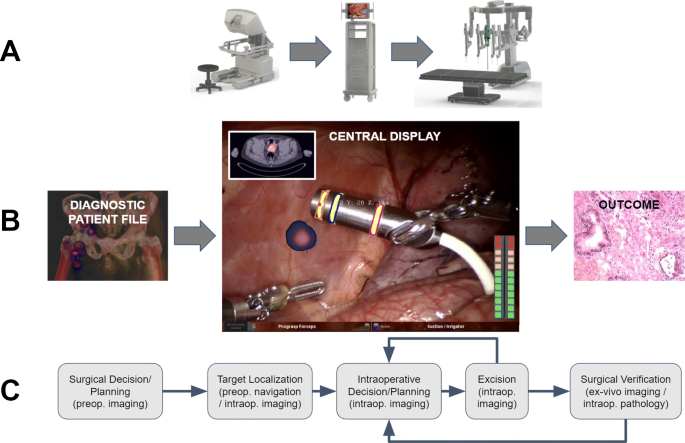
Unveiling the Mind’s Intricacies
In the realm of neuroscience, the advent of Neural Imaging has propelled our understanding of the human mind to unprecedented heights. This groundbreaking technology allows researchers and scientists to delve into the intricacies of the brain, shedding light on its mysteries and potential applications.
Revolutionizing Brain Exploration
Neural Imaging stands as a revolutionary force in the field of brain exploration. Utilizing advanced imaging techniques such as functional magnetic resonance imaging (fMRI) and positron emission tomography (PET), researchers can now observe the brain in action. This capability opens a window into the dynamic processes that underlie cognition, emotions, and various neurological functions.
Mapping Neural Networks
One of the key contributions of Neural Imaging is its ability to map neural networks within the brain. By analyzing patterns of brain activity, scientists can identify connections between different regions, unraveling the complex web of interactions that govern our thoughts and behaviors. This mapping is crucial for understanding both normal brain function and neurological disorders.
Clinical Applications and Diagnosis
The clinical applications of Neural Imaging are vast, offering new avenues for diagnosis and treatment. In the realm of psychiatry, it provides insights into conditions such as depression, anxiety, and schizophrenia. Neurologists benefit from the technology in diagnosing and understanding disorders like Alzheimer’s and Parkinson’s disease. The non-invasive nature of these imaging techniques enhances patient comfort and contributes to early and accurate diagnoses.
Cognitive Neuroscience and Beyond
Cognitive neuroscience has been significantly enriched by Neural Imaging, allowing researchers to investigate the neural basis of cognitive processes. From memory and attention to language and decision-making, the technology offers a nuanced understanding of how the brain supports complex mental functions. Beyond cognitive research, Neural Imaging has implications for fields like artificial intelligence and brain-computer interfaces.
Ethical Considerations in Brain Imaging Research
As with any powerful technology, the use of Neural Imaging raises ethical considerations. Issues such as privacy, consent, and the responsible handling of sensitive information come to the forefront. Striking a balance between scientific progress and ethical considerations is paramount, ensuring that the benefits of Neural Imaging are harnessed responsibly.
Challenges and Future Directions
While Neural Imaging has unlocked unprecedented insights, challenges persist. Technical limitations, the need for improved spatial resolution, and the complexity of interpreting brain activity are areas that researchers are actively addressing. Future directions in Neural Imaging include advancements in real-time imaging, integration with other technologies, and a deeper exploration of individual variability in brain structure and function.
Educational Impact and Public Awareness
Neural Imaging has the potential to transform education about the brain. Bringing this technology into classrooms allows students to visualize complex concepts and fosters a greater understanding of neuroscience. Increased public awareness about Neural Imaging not only demystifies the technology but also encourages support for further research and ethical usage.
Interdisciplinary Collaboration
The interdisciplinary nature of Neural Imaging has fostered collaboration between neuroscientists, engineers, computer scientists, and medical professionals. This collaboration is essential for pushing the boundaries of the technology, developing new methodologies, and applying Neural Imaging in diverse fields.
Exploring Neural Imaging at WickedFacts.com
To delve deeper into the world of Neural Imaging and its transformative impact on understanding the mind, visit WickedFacts.com. Explore articles, insights, and the latest developments in this fascinating intersection of technology and neuroscience.
In conclusion, Neural Imaging stands as a beacon of progress in unraveling the complexities of the human brain. From mapping neural networks to clinical applications and ethical considerations, its impact spans across various domains. As we navigate the future of neuroscience, Neural Imaging remains a powerful tool, guiding us on a journey of discovery within the intricacies of the mind.




